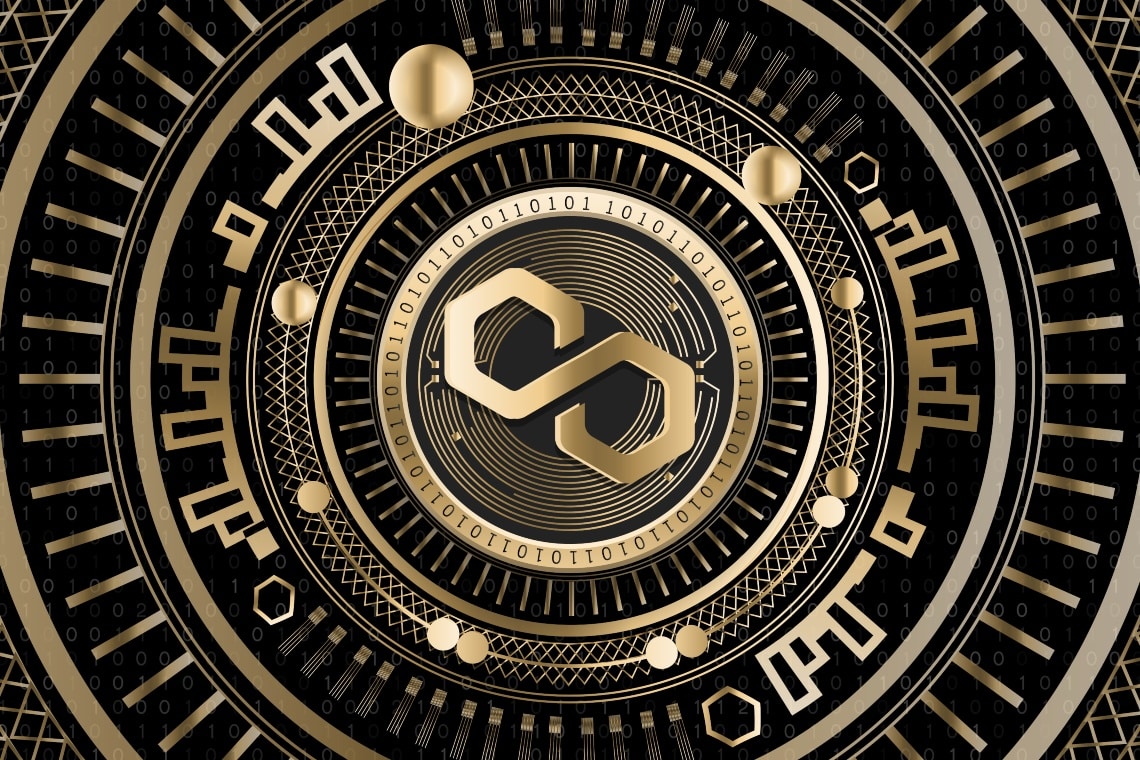ZenGo has discovered that there are millions of dollars in forgotten bridged tokens on Polygon Bridge that have not been claimed by their owners. Not only that, together with the Polygon team, the crypto wallet managed to help a Whale user recover $2 million in funds.
Summary
Polygon Bridge and ZenGo’s discovery of forgotten funds
According to reports from the MPC non-custodial crypto wallet without a private key, ZenGo, it appears that millions of dollars in tokens have been ‘forgotten’ on Polygon Bridge, meaning that they have not been claimed by their owners.
Essentially, wanting to add support to Polygon’s PoS chain, the crypto wallet stumbled upon a super discovery that also allowed it to help a Whale user recover as much as $2 million in unclaimed funds.
This is the Polygon Bridge, which is the technology that allows users to virtually move assets such as tokens and NFTs from the Ethereum blockchain to the Polygon blockchain and vice versa.
In its survey, ZenGo specified that while it takes only one transaction to move tokens such as USDT, USDC, ETH, DAI from Ethereum to Polygon, it takes two to move them back to the Ethereum blockchain.
That is why most users apparently did not claim their funds, due to the second transaction remaining in oblivion, leaving Polygon Bridge to accumulate figures like $27 million in tokens.
Polygon Bridge: how does bridging technology work
ZenGo explained the operation of the Polygon Bridge, the dApp that enables bridging between Ethereum and Polygon.
Basically, while depositing for example 100 USDT from Ethereum to Polygon involves a transaction, sending the tokens to a contract distributed by Polygon on the Ethereum blockchain, the situation is different for withdrawal.
In fact, assuming that the user wanted to withdraw his 100 USDT from Polygon to Ethereum, the operations that are performed will be the “burn” of his Polygon USDT tokens, and then sending an additional Ethereum transaction to claim his USDT from Polygon’s Ethereum contract.
The claim transaction contains cryptographic proof that the user ‘withdrawing’ has actually burned their tokens on the Polygon side. Once the proof is obtained, the contract validates it and sends the tokens to the user’s address on Ethereum.
ZenGo helps a Whale user recover $2 million forgotten
In its investigation, the crypto wallet wanted to identify how much funds were ‘forgotten’ by matching the burned transactions on the Polygon side with the corresponding claim transactions on the Ethereum side.
The result was that for USDT alone, there were about 3,000 withdrawal calls that did not see the second claim transaction, but that the user stopped at burning only.
Among them, ZenGo found user 0x007 who more than 6 months ago had made two ETH and BTC withdrawals on Polygon, each worth more than $1 million, but both withdrawals had not been claimed.
After reporting this discovery to the Polygon team, they sent the Whale user the relevant claim transactions, unlocking $2 million from the Polygon Bridge to that user’s account.
Polygon resists bearish trend after FTX collapse
The tenth largest crypto by market capitalization, Polygon (MATIC), appears to have withstood the general bearish trend that occurred in the week of the FTX collapse that stained the entire market red.
As a matter of fact, MATIC was at $0.92 at that time, up from $0.81 the previous month. One reason for Polygon’s price resilience could be attributed to its partnership with Bebop, the decentralized trading platform that offers “One-to-Many” and “Many-to-One” digital asset exchanges with zero slippage.
At the time of writing, though, MATIC is worth $0.83, registering a small dump that has characterized this past week.




